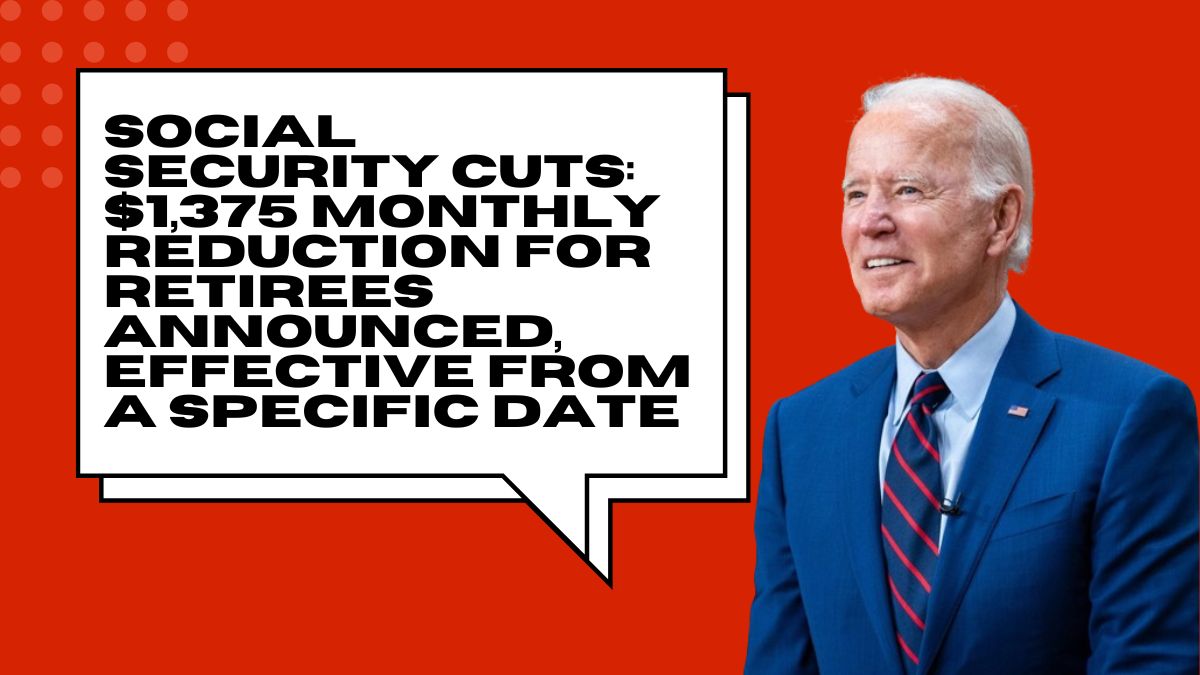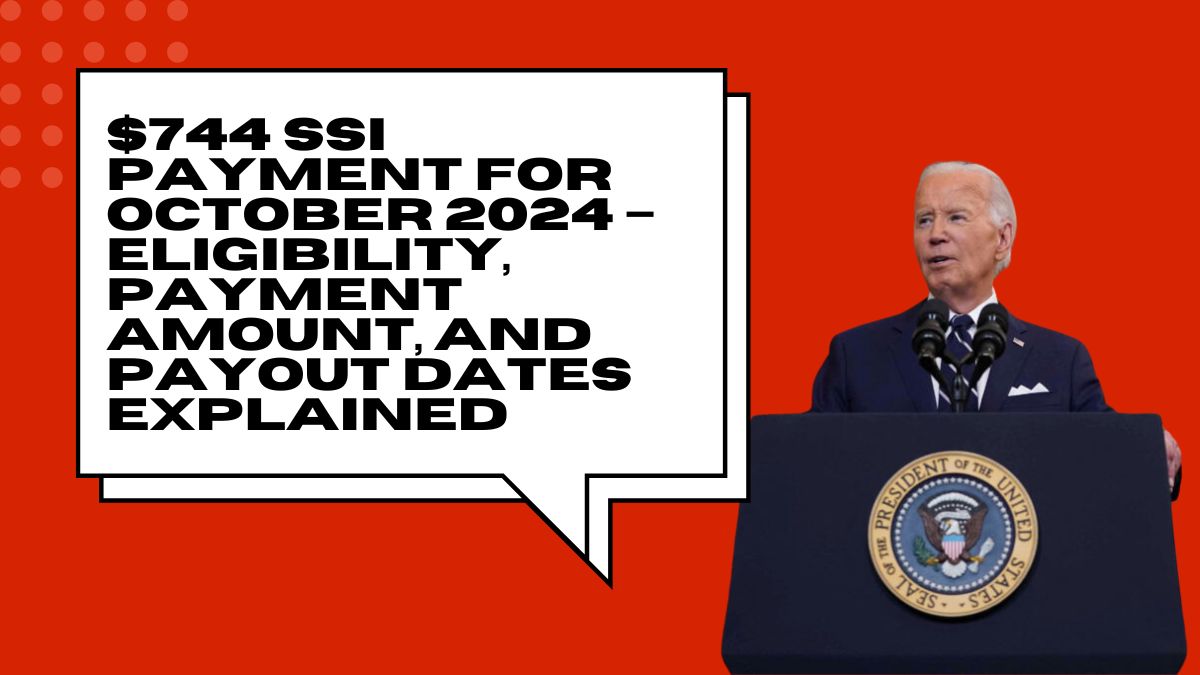As inflation control measures by the Federal Reserve (FED) start to take effect, recipients of Social Security checks may face unwelcome news starting in 2026.
The Federal Reserve has issued warnings that significant cuts or reductions in Social Security benefits are likely due to slowing inflation, directly impacting the cost-of-living adjustments (COLA) that determine how much recipients receive annually.
Here’s an in-depth look at what’s expected and how retirees can prepare for these changes.
How Does Inflation Impact Social Security COLA?
The Social Security Administration (SSA) calculates COLA based on the Consumer Price Index for Urban Wage Earners and Clerical Workers (CPI-W). The purpose of this adjustment is to help Social Security checks keep pace with inflation and ensure retirees’ purchasing power is maintained. Over the past three years, high inflation has driven an 18.8% increase in Social Security benefits.

However, with the Federal Reserve gaining control over inflation, the days of large COLA increases seem to be over. The FED’s measures, such as the September 2024 rate cut, signal a shift in the economy, with inflation set to fall toward the FED’s target of 2%. As a result, smaller COLA adjustments are predicted for 2025 and beyond.
What to Expect for 2025 and 2026 COLA Increases
The 2025 COLA increase is expected to be significantly lower than in recent years, with an estimate of around 2.6%. This is a sharp decline from the 8.7% adjustment seen in 2023. This drop is influenced by falling energy prices, which are a major contributor to inflation rates. If inflation continues to decrease as projected, the COLA for 2026 could be as low as 2.2%.
The Federal Reserve has expressed confidence that inflation will remain under control, expecting it to peak at 2.3% by the end of 2024 and fall further to 2.1% by the end of 2025. This is a marked shift from the high inflation experienced over the past few years and indicates a period of smaller COLA increases.
| Year | Estimated COLA Increase (%) | Key Influencing Factors |
|---|---|---|
| 2023 | 8.7 | High inflation due to pandemic |
| 2024 | 3.2 (Estimated) | Fed control of inflation starting |
| 2025 | 2.6 (Estimated) | Lower energy prices |
| 2026 | 2.2 (Projected) | Inflation target of 2% reached |
Why Is This Happening?
The Federal Reserve’s aggressive actions to control inflation are aimed at stabilizing the economy. While this is beneficial for the broader economy, it directly affects the COLA calculation, which relies heavily on inflation trends. Lower inflation means smaller increases to Social Security checks, which can be disappointing for retirees who rely on these payments to cover rising costs of living.
Additionally, as inflation slows, the gap between retirees’ expenses and their Social Security income may widen. This is because the COLA adjustments, though helpful, are based on historical data and may not fully account for real-time economic pressures like rising costs for essentials such as food and healthcare.
Preparing for Financial Adjustments

Given the anticipated reduction in COLA increases, retirees should consider adjusting their financial strategies to ensure long-term stability. Here are some key steps to consider:
- Review Your Budget: With smaller increases in Social Security payments, it’s important to reevaluate your monthly expenses and identify areas where cuts can be made.
- Explore Additional Income Streams: Retirees may need to look for alternative sources of income, such as part-time work or investment opportunities, to supplement Social Security.
- Plan for Rising Costs: Essentials like food, healthcare, and utilities are likely to continue increasing in cost. Planning for these rising expenses is critical for financial well-being.
- Consider Refinancing Options: With interest rates stabilizing, refinancing mortgages or other debts may provide some relief by reducing monthly payments.
Conclusion
As inflation continues to decline, retirees should prepare for smaller COLA increases in the coming years.
While the Federal Reserve’s efforts to control inflation will bring overall economic stability, they will also lead to disappointing adjustments in Social Security benefits, particularly in 2026.
Retirees must take proactive steps in financial planning to ensure they can maintain their standard of living as the era of large COLA increases comes to an end.
FAQs
1. Why will Social Security checks be smaller starting in 2026?
The Federal Reserve’s control over inflation is expected to result in lower COLA increases, which are tied to inflation rates. As inflation slows, Social Security payments will not increase as much.
2. What was the highest COLA increase in recent years?
In 2023, the COLA increase was 8.7%, driven by high inflation caused by the pandemic.
3. How is COLA calculated?
The SSA calculates COLA based on the CPI-W, which measures inflation for urban wage earners and clerical workers.
4. What can retirees do to prepare for smaller COLA increases?
Retirees should review their budgets, explore additional income sources, and plan for rising costs to ensure financial stability.
5. Will Social Security checks stop entirely in 2026?
No, Social Security checks will not stop, but the annual increases will likely be smaller due to lower inflation.
References
- Nasdaq, The 2025 Social Security COLA Will Likely Disappoint You, September 2024.
- SOSCIP, Retirees Beware: FED’s Stark Warning on Shrinking Social Security Payments by 2026, September 2024.
- Lagrada Online, Cuts in Social Security Checks Starting in 2026 – FED Warns, October 2024.












